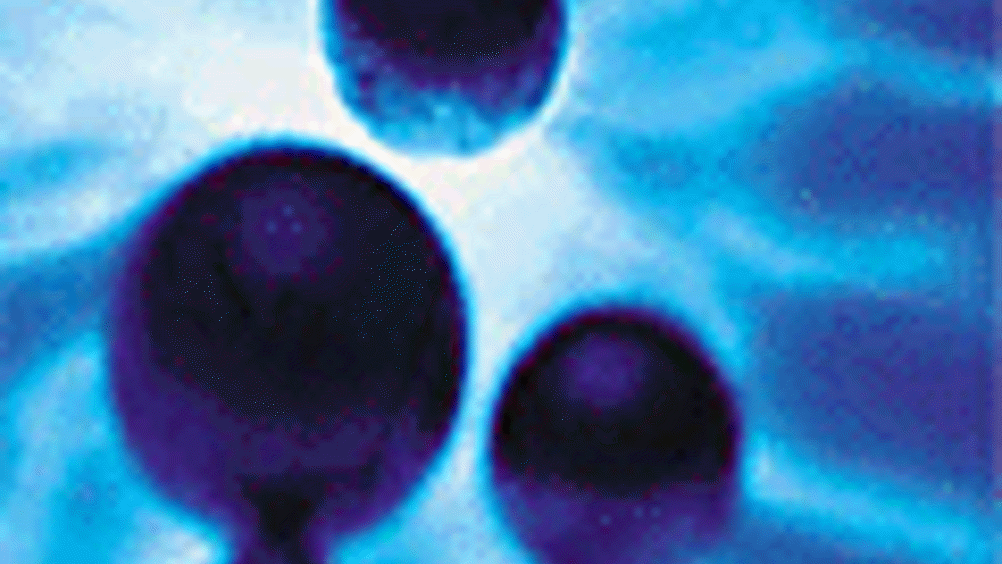Shrinking ferroelectric RAM

A clearer understanding of how shrinking the design of ferroelectric random access memory (RAM) affects its performance could lead to a range of better-performing products.
So hope engineers at Cranfield University and the National Physical Laboratory (NPL) who are beginning a three-year research project to develop new techniques for investigating ferroelectric RAM materials at the subnanometre level.
Ferroelectric RAM is different to other kinds of RAM because it uses a ferroelectric layer instead of a dielectric layer for non-volatile storage, which is computer memory that can retain stored information even when not powered.
Most dielectric RAM is constructed with a silicon layer or silicon dioxide layer, whereas ferroelectric RAM is usually made of functional material such as barium titanate or lead zirconate titanate (PLZT).
Ferroelectric RAM was originally developed for space applications at NASA because of its robustness and ability to withstand radiation, but it has been integrated into consumer products such as Sony’s PlayStation 2 in recent years.
Register now to continue reading
Thanks for visiting The Engineer. You’ve now reached your monthly limit of news stories. Register for free to unlock unlimited access to all of our news coverage, as well as premium content including opinion, in-depth features and special reports.
Benefits of registering
-
In-depth insights and coverage of key emerging trends
-
Unrestricted access to special reports throughout the year
-
Daily technology news delivered straight to your inbox










Water Sector Talent Exodus Could Cripple The Sector
Maybe if things are essential for the running of a country and we want to pay a fair price we should be running these utilities on a not for profit...